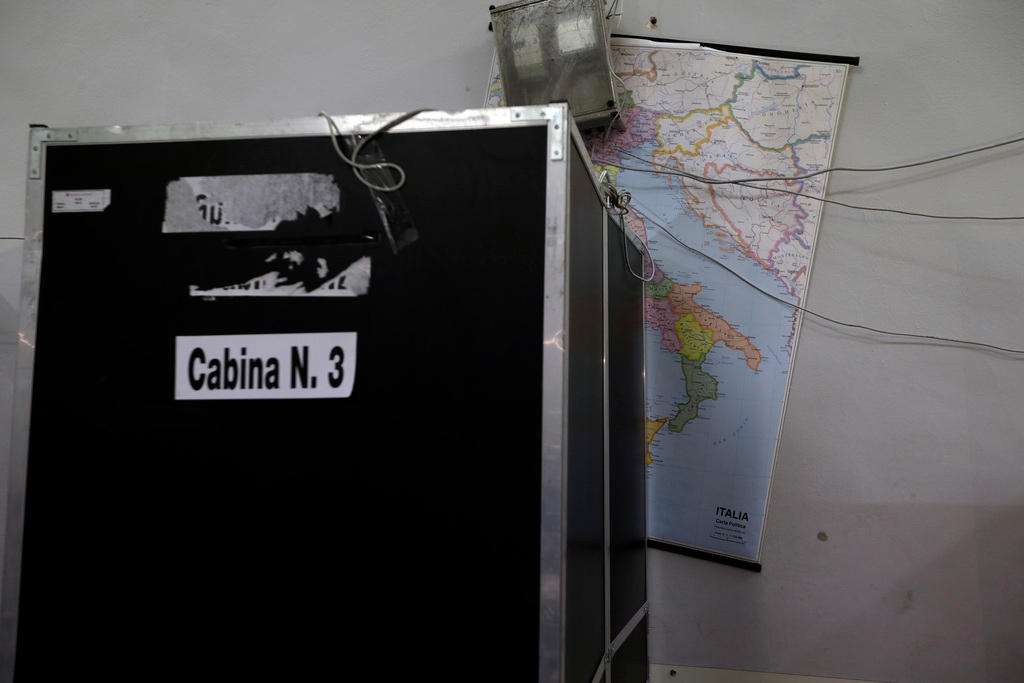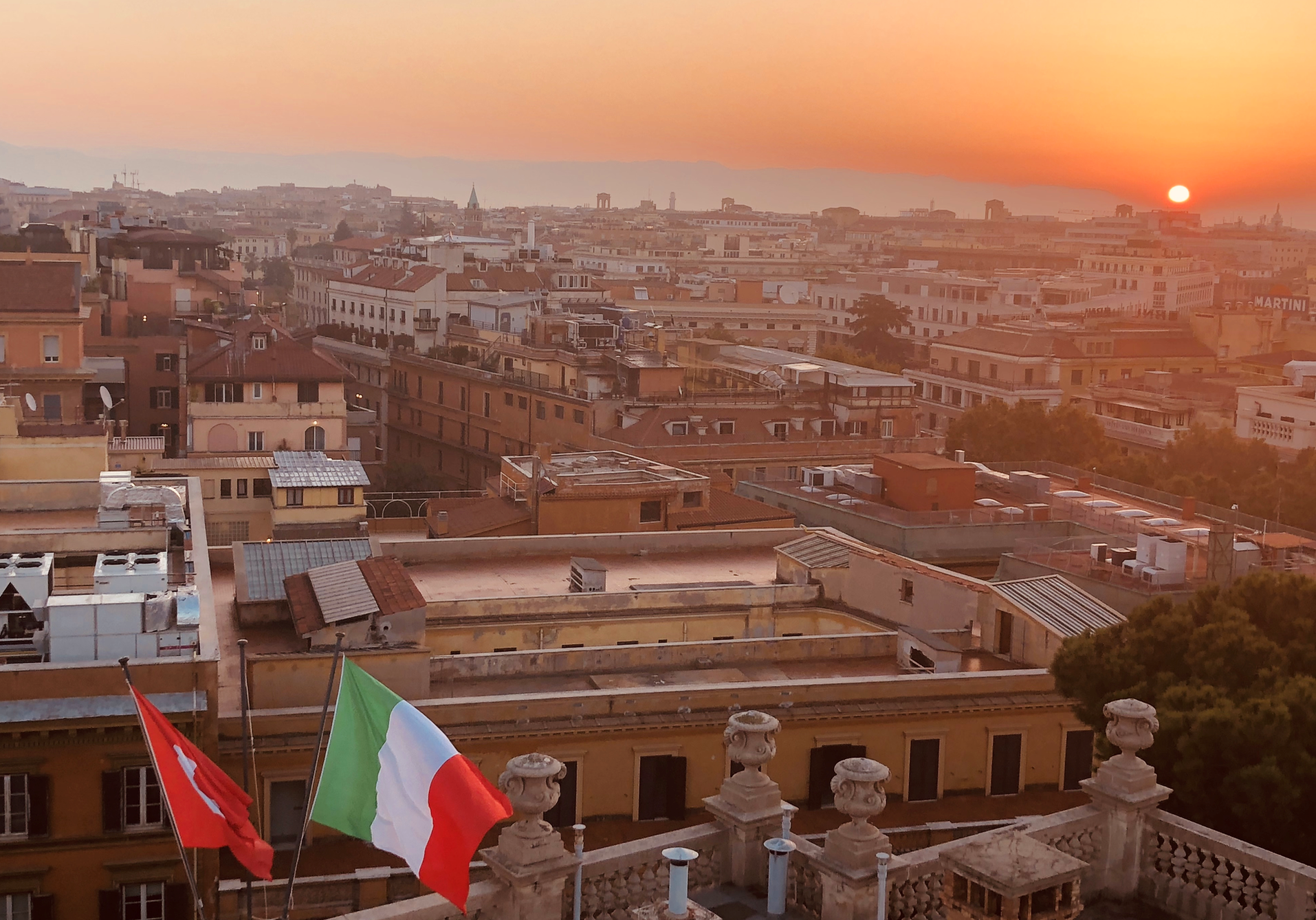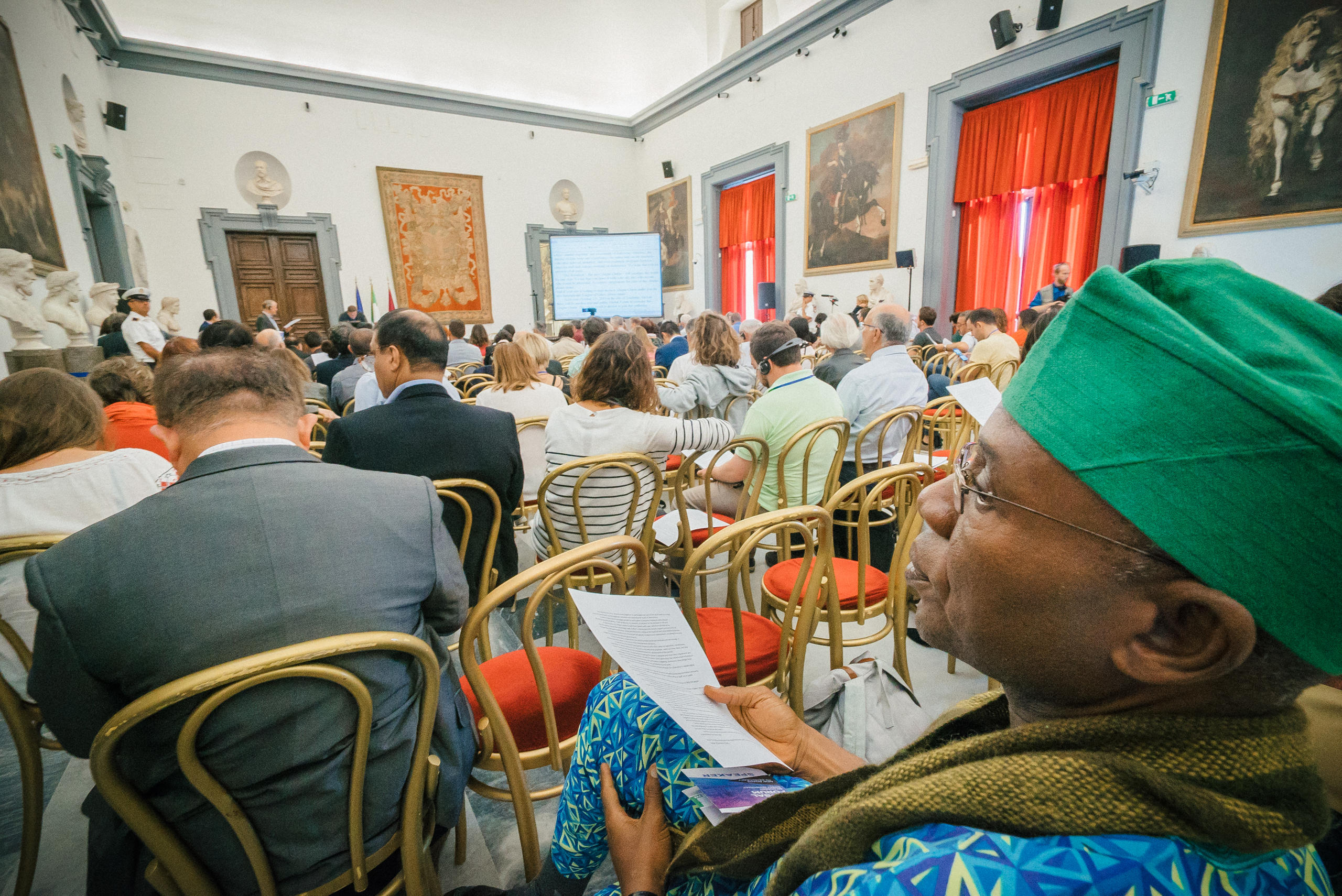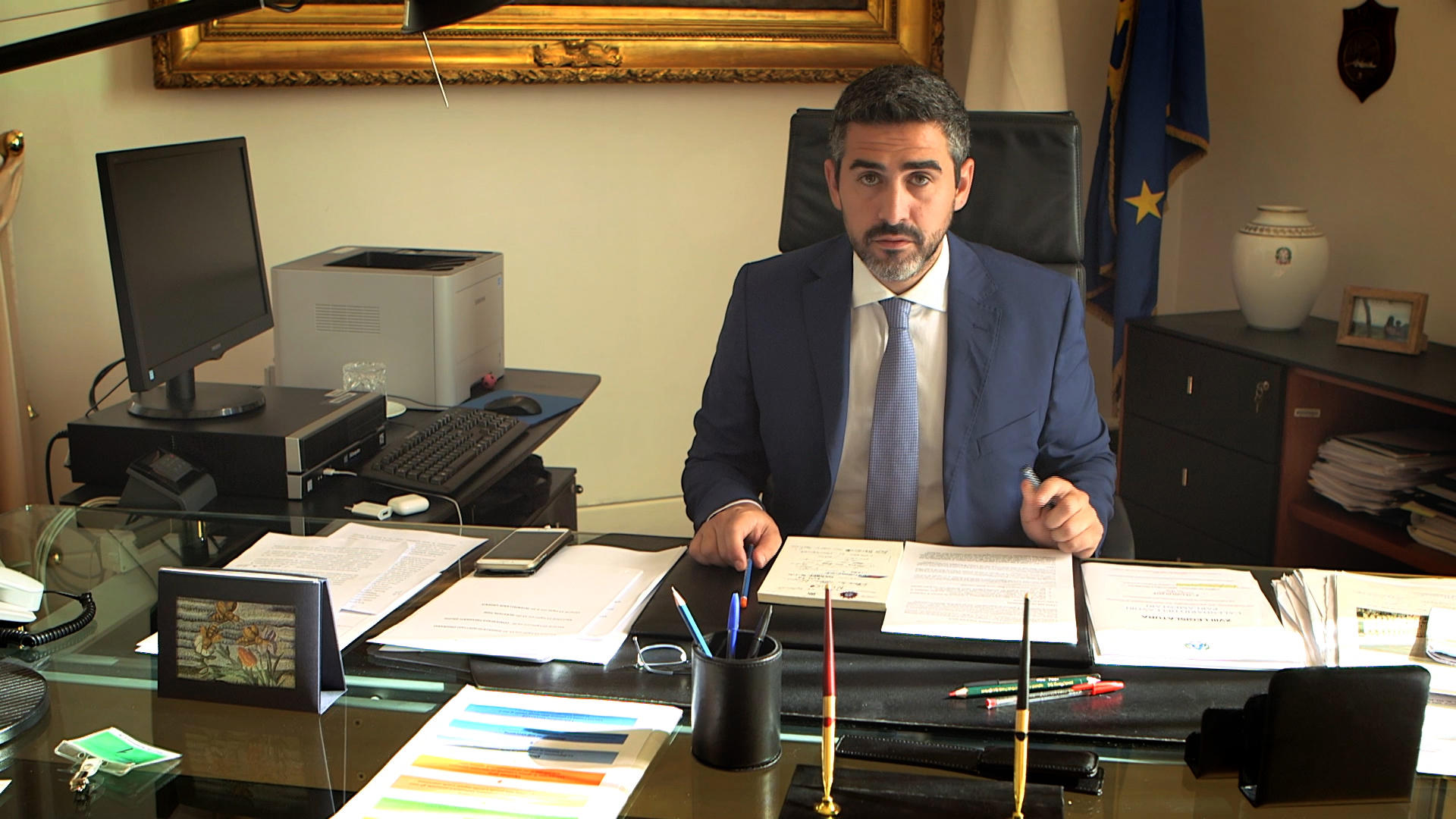Will direct democracy save Italy once again?

Italy, a proud co-founder of the European Union, is in bad shape. The nation seems at odds with itself and the world – politically, financially, economically, socially. But despite the constant changes in political leadership, the country is seeing strong currents towards more (direct) democracy – which could save it once again.
Italy in a nutshell: just turn your gaze in another direction and you’ll see very different worlds. After the incredible beauty of the well-preserved palaces in central Rome, you discover the stinking waste mountains.
On my short morning walk to the espresso bar from the magnificent Villa Maraini, where I was generously hosted last week by the Istituto Svizzero, it was clear that these mountains where growing higher.
At night you pay less attention to them, but then there are other hazards: deep holes opening in the streets, or the sudden appearance of a pimp trying to entice passers-by into a nearby cellar.
Indeed, after decades of mismanagement, the ugly sides of beautiful Italy have become harder to ignore, even for the fleeting visitor: no other EU member state has higher public debt, while one-third of Italy’s population lives on or below the poverty line.

Add to this a self-righteous, xenophobic Interior Minister dominating the news headlines day by day, and it’s not hard to understand why a lot of Italophiles across the world are having a hard time seeing light at the end of the tunnel just now.
Public transport vote
But let me try to offer a few glimmers, all related to ‘modern direct democracy’. This year I had several opportunities to seeks out such hopeful developments, which may become the saving grace for Italy’s dysfunctional politics of collapsing parties, despairing movements and maverick imposters.
In late September I co-chaired the 2018 Global Forum on Modern Direct Democracy in Rome’s historic city hall, Campidoglio. Some 800 participants from over 80 countries came together and developed an international Magna Charta for Democracy CitiesExternal link – drawing a surprisingly high number of inspiring lessons from the host city, Rome.
Over the past two years the administration of Mayor Virginia Raggi has conducted a comprehensive reform programme under the name “Roma Semplice”External link, which includes new participatory ways for citizens to make their voices heard.
Additionally, the city parliament at Campidoglio approved this spring a new City Charter, introducing a series of direct democratic tools and abolishing bureaucratic hurdles for active citizens; for example, high stamp fees for delivering signature forms.
And in a few weeks, on November 11, the Italian capital will hold a double referendum voteExternal link on public transportation, initiated by concerned citizens last winter – the first such ballot in Rome in over 20 years.
Three direct democratic milestones
But it’s not just the local level in Italy that’s the subject of possible democratic reforms, something made clear at an international conference organised by the Istituto Svizzero in Rome on October 20 and 21, called Past, Present and Future of Modern Direct DemocracyExternal link.

Though several Italian scholars at the event approached the issue with great historic or philosophical distance, offering scant practical insight, former Swiss parliamentarian Andreas Gross directed the attendees towards three historic milestones at which the Italians themselves – and not their elected leaders – took important steps forward, each time by referendum.
“You should be much more hopeful about the possibilities of direct democracy in Italy,” Gross said, referring to the founding referendum establishing the Italian Republic, held together with elections to the Constitutional Convention on June 2, 1946.
This first Italian constitution included the principles of modern direct democracy, though it took another quarter-century of battling between different parties to implement a first set of procedures for initiatives and referendums. But this may have saved Italy in the 1970s, when citizens approved (through referendum) reforms on divorce, abortion, and nuclear energy that their often-corrupt representatives were unable to deliver.
In the early 1990s, again, a popular vote on reforming the electoral law was emphatically adopted, when on June 9, 1991 almost 96% of voters approved the more efficient system of electing representatives, pulling the country from a deep political crisis after the collapse of the dominant post-war political party, the “Democrazia Cristiana”.
Farewell to the ‘undemocratic’ turnout quorum
And yet the Italian experience with initiatives and referendums also offers some procedural disappointments. One major factor has been the comprehensive limitations established by the current laws on direct democracyExternal link in combination with an often nightmarish bureaucracy.
The limitations include a restriction to abrogative referendums (yes or no to amendments to existing laws rather than proposing new laws), a long list of issues excluded from citizen law-making, and a prohibitive 50% turnout quorum (which makes non-voters count as no voters). Out of 71 nationwide popular votes on substantive issues, 27 have been invalidated due to the turn-out quorum provisions.
But change is underway: the new Italian minister for direct democracy, Riccardo Fraccaro (Five Star Movement), has launched a wide package of reforms to, as he put it, “democratize democracy in Italy”.
The most innovative element is the introduction of new citizen initiative tool in the Italian constitution. Under the proposed amendment, 500,000 Italians will have the right to propose new laws (with the exemption of proposals violating human rights). The two chambers of the Italian parliament will then have the possibility to either enact the proposed law or to put forward a counter-proposal. And in a final vote, citizens will choose to say yes or no both to the initiative and the counter-proposal. Those who approve of both options will be able to tick a box to indicate which of the two proposals they prefer if both get a majority.
This is an interesting variant of the Swiss-style system when two questions are submitted to voters and an additional decisive decision in case both questions have won yes-majorities. But most importantly, the new law – which at the earliest can be put into force by the end of next year – will abolish the “undemocratic” turnout quorum.
Getting more Italians into the political arena may well be a smart strategy to save Italy again – by modern direct democracy.

In compliance with the JTI standards
More: SWI swissinfo.ch certified by the Journalism Trust Initiative












You can find an overview of ongoing debates with our journalists here . Please join us!
If you want to start a conversation about a topic raised in this article or want to report factual errors, email us at english@swissinfo.ch.